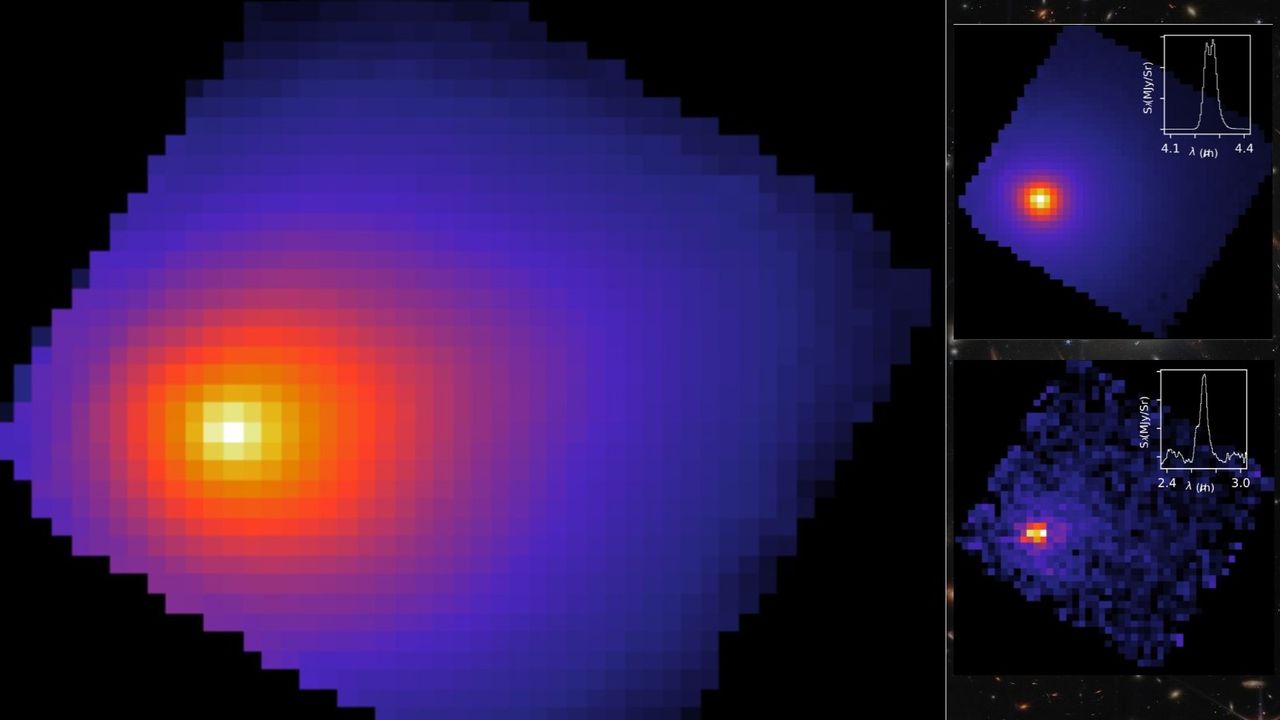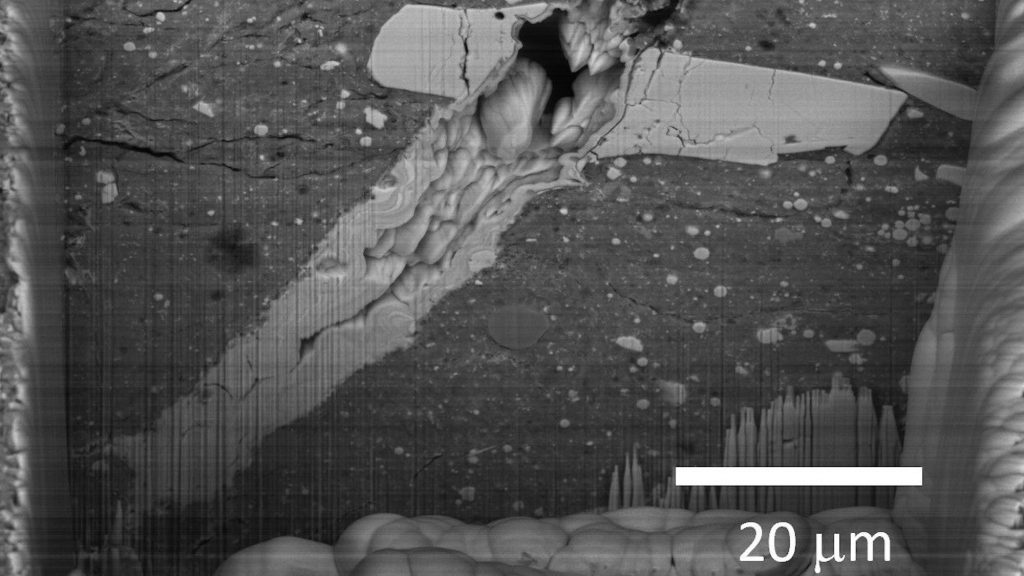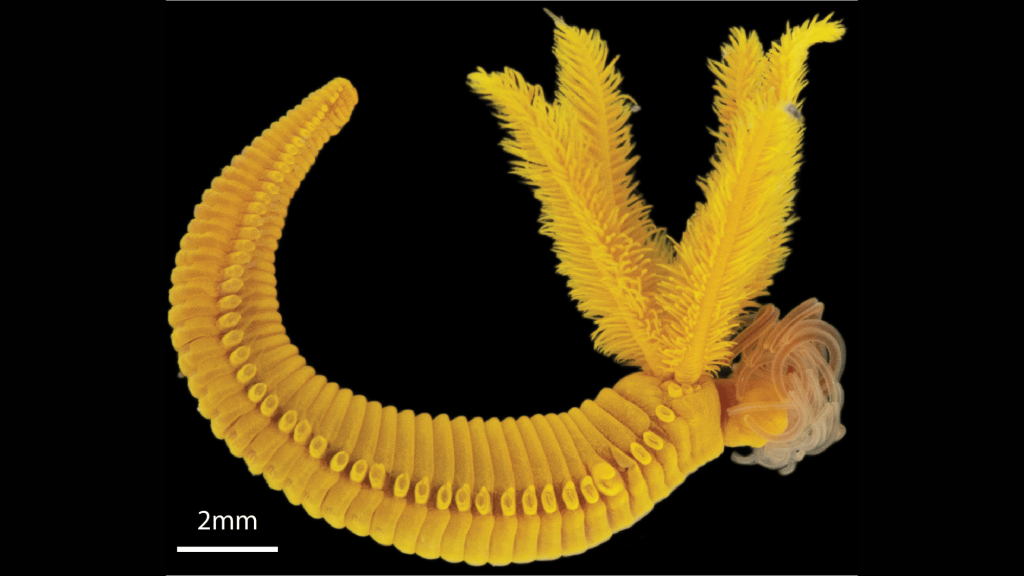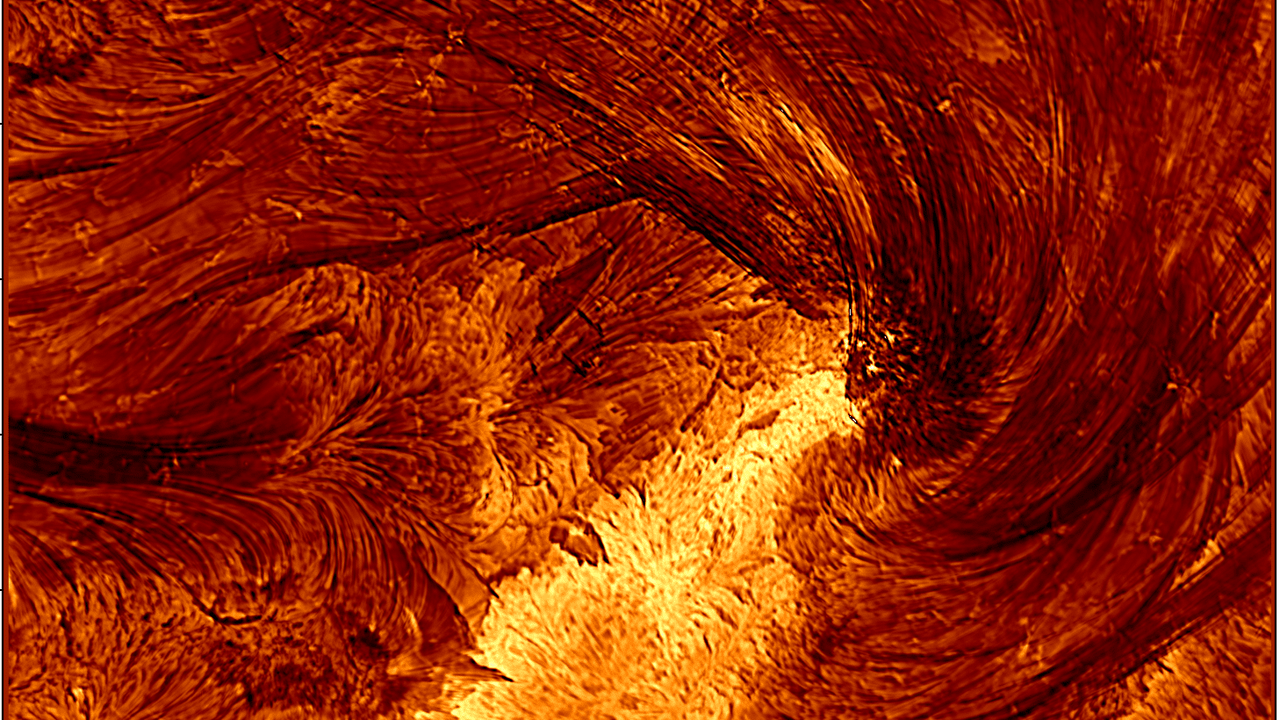Now Reading: James Webb Telescope Unveils Surprising Insights on Interstellar Comet 3I/ATLAS
-
01
James Webb Telescope Unveils Surprising Insights on Interstellar Comet 3I/ATLAS
James Webb Telescope Unveils Surprising Insights on Interstellar Comet 3I/ATLAS

Speedy Summary:
- The James Webb Space Telescope (JWST) observed the interstellar comet 3I/ATLAS for the first time on August 6, 2025, using its Near-Infrared Spectrograph (NIRSpec) instrument.
- The comet 3I/ATLAS,discovered on July 1,is believed to have originated from another star system.It is the third such interstellar object documented after 1I/’Oumuamua (2017) and 2I/Borisov (2019).
- JWST aims to analyze 3I/ATLAS’s size, physical properties, and its chemical composition by examining its coma during “outgassing.”
- Observations identified chemicals including carbon dioxide, water vapor, carbon monoxide, carbonyl sulfide gas, and water ice in high quantities. Notably:
– A surprising revelation was a record-high ratio of carbon dioxide to water-a unique trait compared to other known comets.
– This indicates possible exposure to higher radiation levels during formation or creation in a specific region within its parent star’s “carbon dioxide ice line.”
– Additionally, low water vapor levels suggest inhibited heat penetration into the comet’s icy core.
- Previous research estimated that 3I/ATLAS is around 7 billion years old, possibly making it the oldest known comet. Its trajectory suggests it originates from our galaxy’s ancient “thick disk.”
Indian Opinion Analysis:
The first observation of an interstellar object like 3I/ATLAS by JWST represents a significant leap for astronomical studies. Understanding this ancient visitor could offer crucial insights into how planetary systems beyond our own Solar System form-extending knowledge gained from studying Earth’s local habitat over billions of years.From India’s perspective as an emerging space power with ambitions like Aditya-L1 mission and Lunar exploration efforts under ISRO-such studies highlight scientific collaboration opportunities between nations possessing cutting-edge technology like JWST for deep-space exploration. These projects also inspire aspiring scientists globally while perhaps encouraging resource allocation toward essential astrophysical research.
Discoveries pertaining to exotic chemical compositions inform broader theories regarding cosmic evolution-a subject relevant universally due to mankind’s shared curiosity about origins within this interconnected cosmos.




























